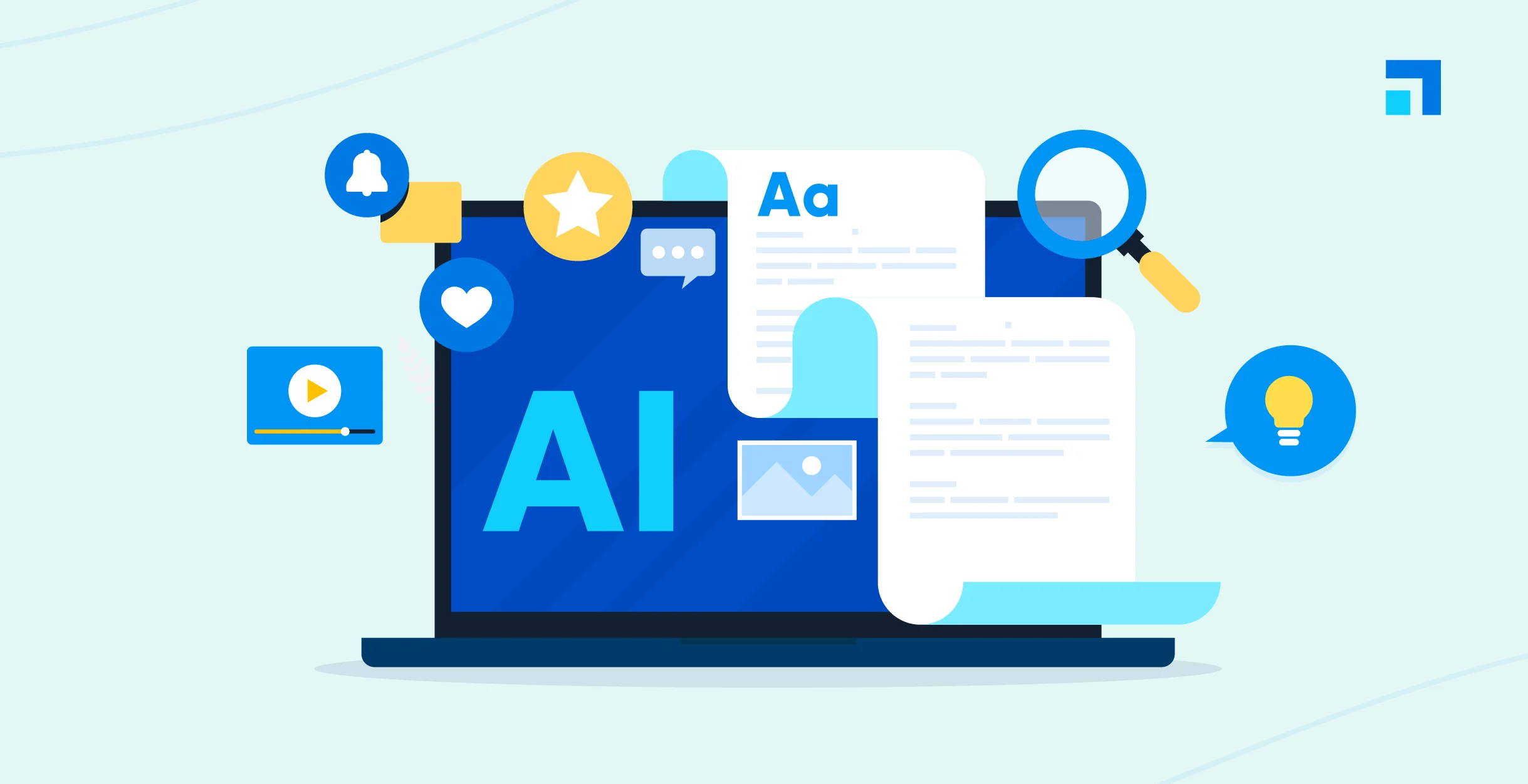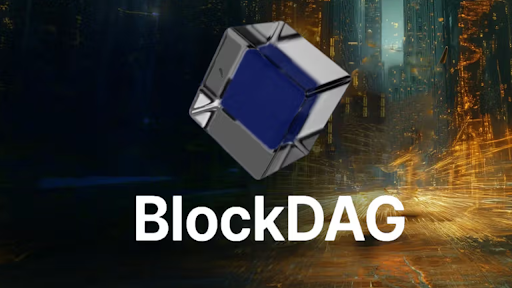The evolution of storytelling has always followed the curve of technological progress. From cave paintings to silent films, radio dramas to streaming series, every new tool has transformed how stories are created, shared, and experienced. Today, artificial intelligence is driving the next major shift—reshaping the entire visual storytelling process from script to screen. With AI’s ability to automate, enhance, and even generate creative content, filmmakers, marketers, educators, and creators now have access to unprecedented levels of creative support and storytelling innovation.
The Scriptwriting Revolution
One of the most fundamental aspects of visual storytelling begins with the script. Traditionally, scriptwriting has been an intensely human endeavor—requiring time, creativity, and intuition. But AI has stepped in as a supportive co-writer, helping creators generate dialogue, plot ideas, and story arcs using natural language processing (NLP) and machine learning.
Modern AI writing tools analyze millions of scripts and story structures to offer real-time suggestions, dialogue enhancement, and even character development prompts. These tools don’t replace the writer but act as brainstorming partners, speeding up the creative process while maintaining the writer’s unique voice and intent.
AI’s role in pre-production also extends to mood boarding, scene visualization, and shot list generation. Visual storytellers can use these intelligent systems to conceptualize scenes faster, saving valuable time before a single frame is shot.
From Vision to Visualization
In filmmaking and video production, visualization is where ideas begin to take shape. AI is playing a critical role in helping creators bridge the gap between imagination and execution.
AI-powered tools can now generate storyboard frames based on textual descriptions, helping directors and cinematographers visualize scenes before production begins. These visual previews make it easier to plan lighting, camera angles, and actor placement.
Further, color grading suggestions, lighting simulation, and digital location scouting powered by AI allow filmmakers to create virtual production environments. These environments can be especially helpful in low-budget productions, enabling a level of polish that was once reserved for big-budget studios.
Democratizing Access to Professional Video Creation
What was once only accessible to high-end production houses is now within reach of solo creators and small teams thanks to AI. High-quality video creation no longer requires expensive software, vast editing experience, or weeks of post-production effort.
AI-assisted video platforms enable automatic editing, voiceover generation, subtitle syncing, and scene transitions—all with just a few inputs from the user. This efficiency allows content creators to focus more on storytelling and less on time-consuming technical processes.
One of the most game-changing aspects of this shift is how AI can empower non-technical users to craft professional-grade videos with minimal learning curves. Marketers can build brand videos, educators can produce engaging lessons, and influencers can create cinematic vlogs—all at a fraction of the time and cost.
Bringing Stories to Life with Digital Characters
An especially innovative advancement is the use of digital avatars to deliver stories. With AI, creators can now generate digital versions of themselves or fictional characters who can speak, emote, and even respond dynamically.
One such tool includes an ai talking avatar, which enables users to create realistic avatars from video footage. These avatars can serve as presenters, narrators, or virtual characters in explainer videos, training content, or digital campaigns. By simply uploading a short video of yourself, you can generate a digital clone that maintains your likeness and voice tone, adding a personal and interactive touch to any visual story.
This kind of AI-generated avatar technology is making storytelling more inclusive, accessible, and customizable. Non-native speakers, for instance, can translate and localize their content while retaining their presence. Businesses can create branded virtual hosts, while educators can maintain continuity in online courses across different languages or formats.
AI-Powered Editing and Automation
Once footage is captured, post-production begins—the phase where AI truly shines. From automated scene detection to dynamic music selection, AI accelerates the editing process while ensuring high-quality results.
AI can analyze footage to find the best takes, remove awkward silences, and synchronize background scores with scene transitions. It also enhances video quality by correcting lighting, stabilizing shaky shots, and even cleaning up audio interference.
This level of automation allows creators to maintain speed without compromising quality. And for those on tight deadlines or working in fast-paced digital content environments, these tools have become essential.
This is where tools like invideo AI play a pivotal role. Invideo AI offers an ai video generator that allows users to create videos by simply inputting text or selecting a template. The app uses AI to automatically pair visuals, add transitions, insert music, and generate a fully edited video ready for publication. Whether you’re crafting a product showcase, a travel vlog, or a tutorial, this solution helps streamline production and elevate content quality.
Enhancing Storytelling with AI Voice and Subtitles
Voiceovers and subtitles are crucial elements of any engaging visual story. AI now allows for lifelike synthetic voiceovers in multiple languages, with customizable tones, accents, and pacing. These tools are invaluable for international creators or for those who want to scale their content across multiple regions.
Meanwhile, automatic subtitle generators powered by AI improve accessibility while saving hours of manual transcription work. They also optimize videos for social media platforms where users often watch on mute, improving viewer engagement and retention.
These features enable storytellers to focus on their core message while AI handles the polish.
Real-Time Feedback and Iteration
AI isn’t just changing how videos are made; it’s transforming how they’re refined. Some platforms now use viewer engagement data—like watch time, click-through rates, and scroll behavior—to recommend edits or format changes. This feedback loop allows creators to optimize their visual content in real time based on actual performance metrics.
In the past, creators had to rely on comments or basic analytics to tweak their content. Today, AI can suggest trimming intros, shortening sequences, or reordering sections to increase viewer retention—all before the final cut is even published.
The New Frontier of Interactive and Immersive Visuals
Looking ahead, AI is set to push storytelling into interactive and immersive realms. We’re already seeing the rise of AI-driven virtual reality experiences, interactive choose-your-own-adventure videos, and augmented reality overlays powered by real-time computer vision.
This means viewers are no longer just passive observers—they can influence the story, explore environments, and even engage with AI-generated characters in dynamic ways. The boundary between storyteller and audience is blurring, giving rise to a new form of visual narrative that is fluid, personal, and responsive.
Final Thoughts
Artificial intelligence is no longer a distant innovation—it’s an integral part of how we create, refine, and share visual stories today. From scripting and editing to digital avatars and immersive content, AI is transforming every stage of the creative process. For filmmakers, content creators, educators, and marketers alike, this shift represents an opportunity to tell more compelling stories, more efficiently, and with greater reach.
As AI continues to evolve, so too will the art of storytelling—offering endless possibilities for creators willing to embrace the tools of the future.
Keep an eye for more latest news & updates on Tribune!



